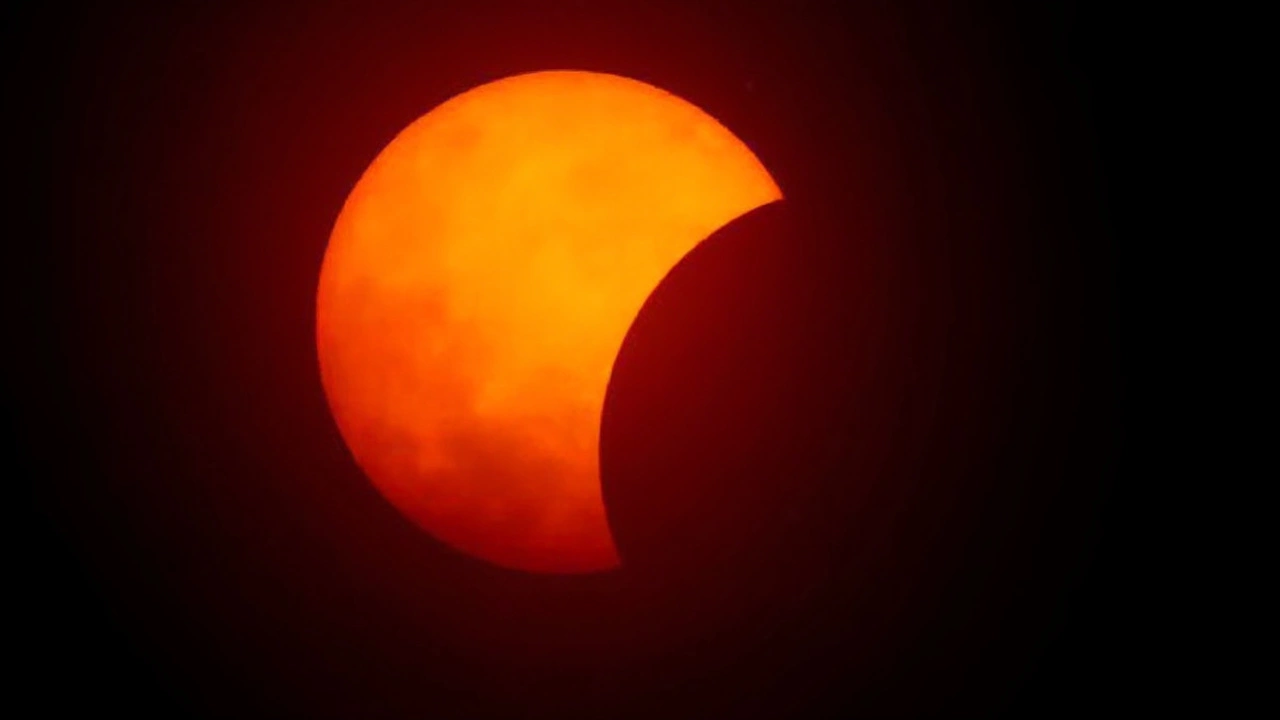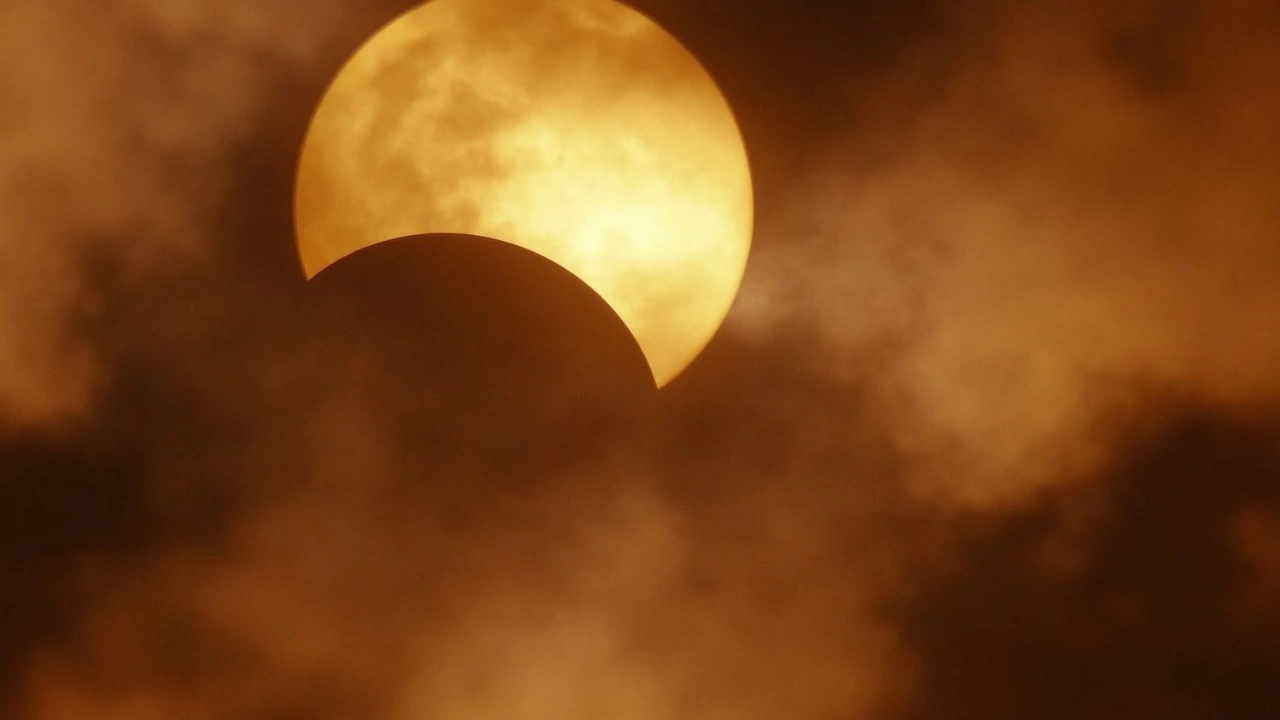Europe Gets a Glimpse of the 2025 Partial Solar Eclipse
On the morning of March 29, 2025, skygazers across Europe and parts of the Northern Hemisphere hit the parks, rooftops, and observatories for a rare cosmic event—a partial solar eclipse. While not a total blackout, the eclipse still managed to cast an odd twilight over cities from the UK to Austria as the Moon slid in front of the Sun, turning the usual midday brightness into a momentary chill.
The spectacle started just after 10 a.m. UTC, with the most dramatic scenes unfolding an hour later. In certain spots, like Germany’s Ems estuary or the island of Sylt, people saw as much as 23% of the Sun’s face disappear behind the Moon's dark disk. In other places—Western Switzerland, the UK, or across Austria—observers described the Sun as looking like it had a "bite" taken out, though the coverage maxed out around 20% there. If you happened to be in Newfoundland or near Greenland, the eclipse took an even deeper nip, leaving only a sharp crescent sunlight above the horizon.
The whole show lasted about 90 minutes, but folks had to keep an eye on both the sky and their watches because the peak happened at different times depending on where you were. For instance, in western Switzerland, the main event hit at 12:05 CET; a little farther northeast on Usedom Island, it peaked at 12:22 CET. Some simply watched from backyards, but plenty joined at city parks or joined organized events at local science museums and universities. Many brought homemade pinhole viewers, while others lined up to use public solar telescopes, eager to catch any glimpse through thickening clouds.
But the weather didn’t play nice everywhere. Across stretches of Europe, heavy cloud cover proved an annoyance, with many would-be viewers staring hopefully through gray skies that just wouldn’t budge. Still, public interest was high. In cities like Berlin, Zurich, and Vienna, astronomy groups made the most of what breaks they had, keeping the crowd’s spirits up with activities and live commentary, hoping for enough sunlight to poke through for safe viewing.

National Astronomy Day Adds to the Excitement
This eclipse didn’t just stand alone—it landed right on National Astronomy Day, turning an already notable morning into a full-on celebration of science. Local schools, observatories, and universities in Germany, Austria, and Switzerland ran workshops, guided telescope sessions, and public lectures. Families and students got quick lessons on solar science and the quirks of orbital mechanics, often through hands-on demos. It wasn’t just about watching the Moon cover the Sun; people learned plenty about why these events happen and how rare they are.
Authorities everywhere hammered home the safety mantra: don’t ever look directly at the Sun, eclipse or not, without specialized eye protection. In Berlin, city health officials and astronomers set up booths to hand out eclipse glasses and explain why regular sunglasses—or, worse, unfiltered telescopes and binoculars—just aren’t enough. Despite the precautions, a few curious folks without protection had to be politely ushered away from trying the old "peek through a camera lens" trick.
If you missed it, don’t feel too left out. Astronomers say the next big chance to see a partial solar eclipse in Germany is coming soon: August 12, 2026, when up to 80% of the Sun could vanish behind the Moon. Until then, the memory of the 2025 event—unexpected clouds and all—will stick around for Europe’s stargazers and science fans alike.
